The New York Aquarium is debuting a traveling art exhibit, “Washed Ashore: Art to Save the Sea” to message about how plastics polluting the environment are harmful to wildlife and people. The exhibit will be at the aquarium Friday, May 24, to Monday, Sept. 2, 2024.
Tag: Plastic Pollution
Say Hello to Biodegradable Microplastics
Finding viable alternatives to traditional petroleum-based plastics and microplastics has never been more important. New research from scientists at UC San Diego and Algenesis shows that their plant-based polymers biodegrade — even at the microplastic level — in under seven months.
Advanced artificial photosynthesis catalyst uses CO2 more efficiently to create biodegradable plastics
An innovative and more efficient way to produce fumaric acid that not only reduces carbon dioxide emissions, but also reuses waste resources to make biodegradable plastics.
Turning the tide: Ghana’s innovative approach to tackle marine plastic pollution with citizen science
Working with IIASA researchers, Ghana has adopted a citizen science approach to addressing the problem of plastic pollution in marine environments.
World’s most threatened seabirds visit remote plastic pollution hotspots, study finds
The extensive study assessed the movements of 7,137 individual birds from 77 species of petrel, a group of wide-ranging migratory seabirds including the Northern Fulmar and European Storm-petrel, and the Critically Endangered Newell’s Shearwater.
GW Expert Available: UN Committee Meets This Week on Treaty to End Global Plastic Pollution
Talks are underway this week to create a global treaty that would bring an end to plastic pollution. According to The Associated Press, a United Nations committee is meeting in Paris to work on what would be a landmark agreement that…
LinkedIn Facebook Twitter Share Please register to view contact details It’s time to classify plastics as persistent, bioaccumulative and toxic pollutants
A team of researchers from around the world is urging the international community to recognize the full environmental and health threat of plastics and categorize them as persistent, bio-accumulative and toxic (PBT) pollutants.
Reusable packaging revolution is close – experts say
A detailed plan to transform product packaging and significantly cut plastic production and pollution has been developed by researchers.
Perfect ‘Pathogen’ Storm: Vibrio Bacteria, Sargassum and Plastic Marine Debris
Little is known about the ecological relationship of Vibrio bacteria with Sargassum. Evidence also is sparse as to whether vibrios colonizing plastic marine debris and Sargassum could potentially infect humans. As summer kicks off and efforts are underway to find solutions to repurpose Sargassum, could these substrates pose a triple threat to public health? Results of a study representing the first Vibrio spp. genome assembled from plastic finds Vibrio pathogens have the unique ability to “stick” to microplastics, harboring potent opportunistic pathogens.
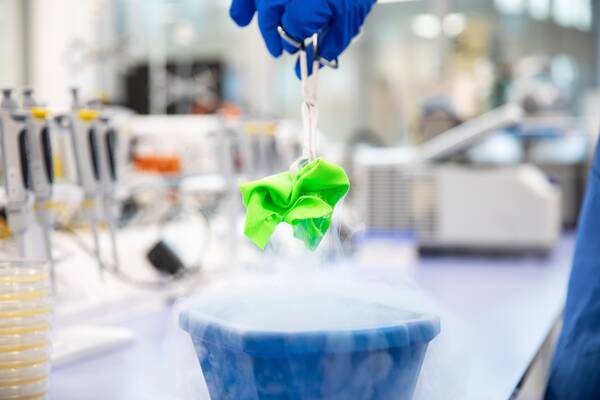
‘Plastic-eating’ enzymes to be deployed to combat waste polyester clothing
Scientists at the University of Portsmouth are to develop ‘plastic-eating’ enzymes that could help solve the ever-growing problem of waste polyester clothing.
Chemicals could undercut global plastics treaty
Next week the UN intergovernmental negotiating committee (INC) on plastic pollution will meet in Uruguay to develop an international legally binding instrument against plastic pollution. There is concern among scientists that the negotiations will overlook the diversity and complexity of chemicals present in plastics. This would severely undermine the treaty’s effectiveness, according to a new study published in the recent issue of the scientific journal Environmental Science & Technology Letters.
Corporate pledges to recycle or reduce plastics aren’t translating into less plastic use
Plastic pollution is overwhelming landfills, littering Earth’s coastlines, and affecting the health of animals, including humans, while also contributing to environmental degradation and climate change.
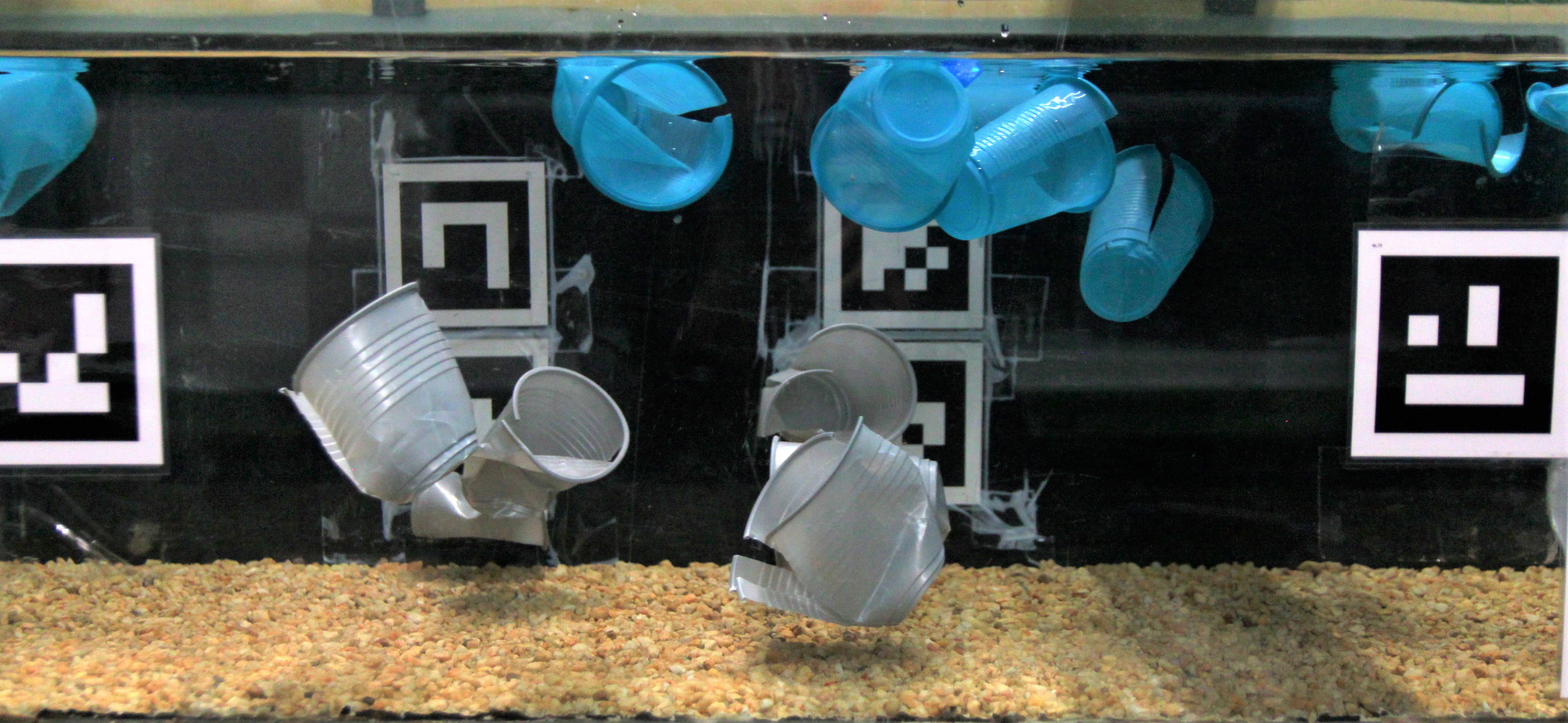
Blind spots in the monitoring of plastic waste
Whether in drinking water, food or even in the air: plastic is a global problem – and the full extent of this pollution may go beyond of what we know yet. Researchers at the Karlsruhe Institute of Technology (KIT), together with partners from the Netherlands and Australia, have reviewed conventional assumptions for the transport of plastic in rivers.
A Sea Change for Plastic Pollution: New Material Biodegrades in Ocean Water
Seeking solutions to counteract a rapid rise in plastic trash, scientists at UC San Diego have developed biodegradable material that is designed to replace conventionally used plastic. In a new study, an interdisciplinary team of researchers has shown that the material biodegrades in seawater.
New study reveals impact of plastic on small mammals, as four out of seven species identified as ‘plastic positive’
Researchers investigating the exposure of small mammals to plastics in England and Wales have found traces in the feces of more than half of the species examined
Plastic Pollution in Ocean May Harbor Novel Antibiotics, Study Shows
Plastic pollution in the ocean may serve as a source for novel antibiotics, according to a new student-led study conducted in collaboration with the Scripps Institution of Oceanography. The research will be presented at the American Society for Microbiology’s conference in Washington, D.C. on June 9-13, 2022.
Microplastics in the Indian Ocean
They may be tiny, but they pose a global problem for humans and the environment: microplastic particles. These are plastic particles with a diameter between one micron and five millimeters.
What a load of trash: New study finds UK litter is dominated by plastics and drinks packaging
A new study looking at litter in the UK has revealed the types of materials and products being dumped in our hedgerows and waterways.
University of Portsmouth becomes the first non-US partner of a new project to tackle plastic pollution in the USA
The University of Portsmouth is now a key member of a collaborative effort funded by the United States Department of Energy (DOE) and industry to tackle the growing global crisis of plastic waste.
Solving Plastic Pollution and Climate Change Simultaneously
Checkout how sea is degraded with plastic and impact of pollution on land and sea.
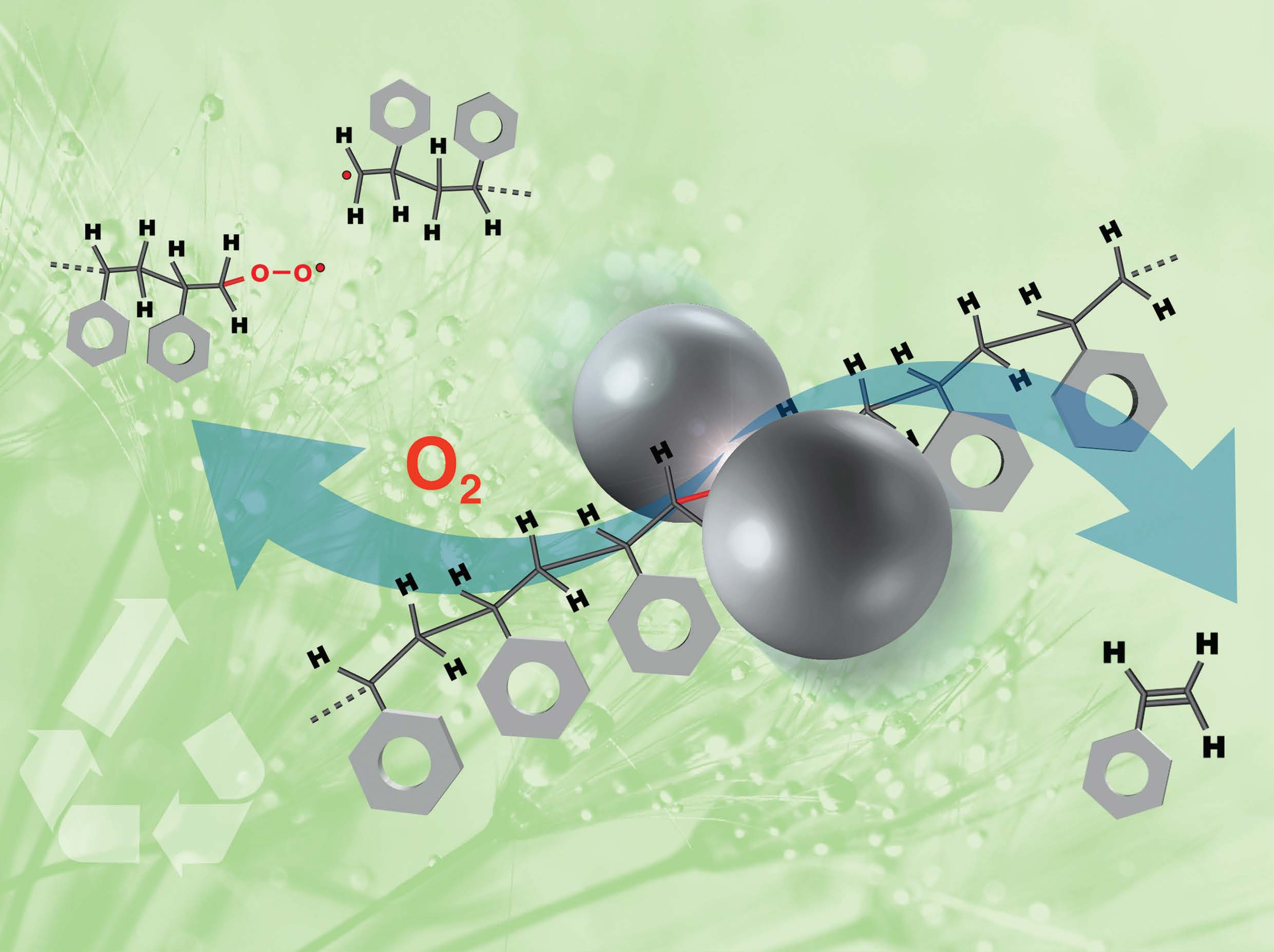
Polystyrene waste is everywhere; scientists just found a way to break it down
Scientists at the U.S. Department of Energy’s Ames Laboratory and their partners from Clemson University have discovered a green, low-energy process to break down polystyrene, a type of plastic that is widely used in foam packaging materials, disposable food containers, cutlery, and many other applications.
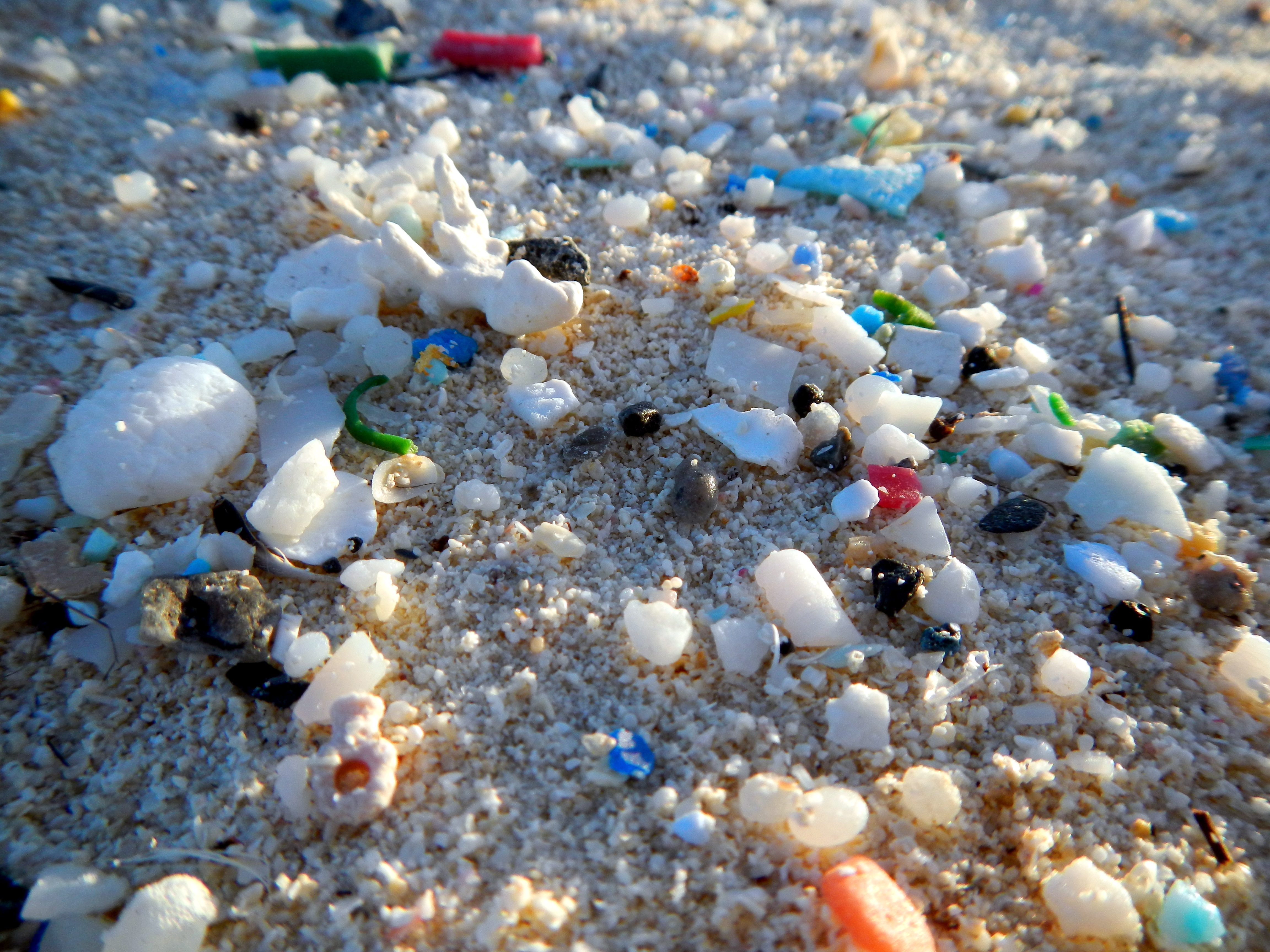
Microplastic Sizes in Hudson-Raritan Estuary and Coastal Ocean Revealed
Rutgers scientists for the first time have pinpointed the sizes of microplastics from a highly urbanized estuarine and coastal system with numerous sources of fresh water, including the Hudson River and Raritan River. Their study of tiny pieces of plastic in the Hudson-Raritan Estuary in New Jersey and New York indicates that stormwater could be an important source of the plastic pollution that plagues oceans, bays, rivers and other waters and threatens aquatic and other life.
Plastics pose threat to human health
Plastics contain and leach hazardous chemicals, including endocrine-disrupting chemicals (EDCs) that threaten human health. An authoritative new report, Plastics, EDCs, & Health, from the Endocrine Society and the IPEN (International Pollutants Elimination Network), presents a summary of international research on the health impacts of EDCs and describes the alarming health effects of widespread contamination from EDCs in plastics.
Pervasive plastics increase exposure to harmful chemicals
The Endocrine Society and IPEN will release a comprehensive joint report Dec. 15 on endocrine-disrupting chemicals in plastics and the threat they pose to public health. Experts will share highlights from the report during a virtual news conference Dec. 15.
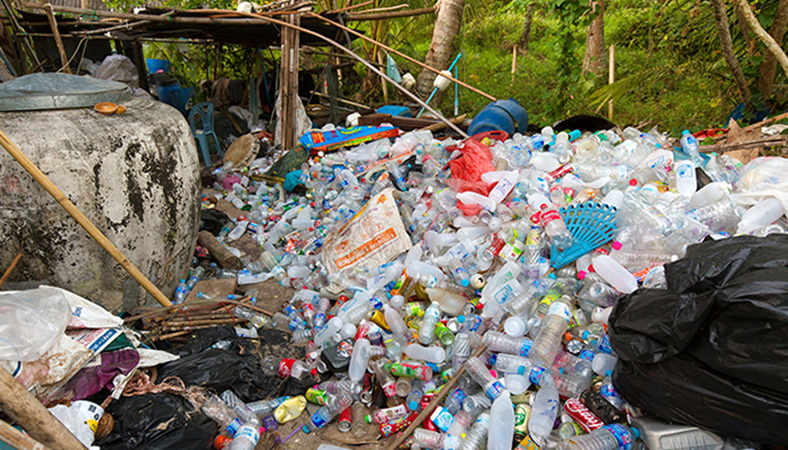
Los Alamos works to make better, more recyclable plastics with new BOTTLE consortium
Los Alamos National Laboratory is partnering with four other national laboratories and four academic institutions in a new program to tackle the problem of plastic pollution.
NUS study finds that severe air pollution leads to higher food delivery consumption and plastic waste
When the air outside is bad, office workers are more likely to order food delivery than go out for lunch, which in turn increases plastic waste from food packaging, according to a study by researchers from the National University of Singapore.